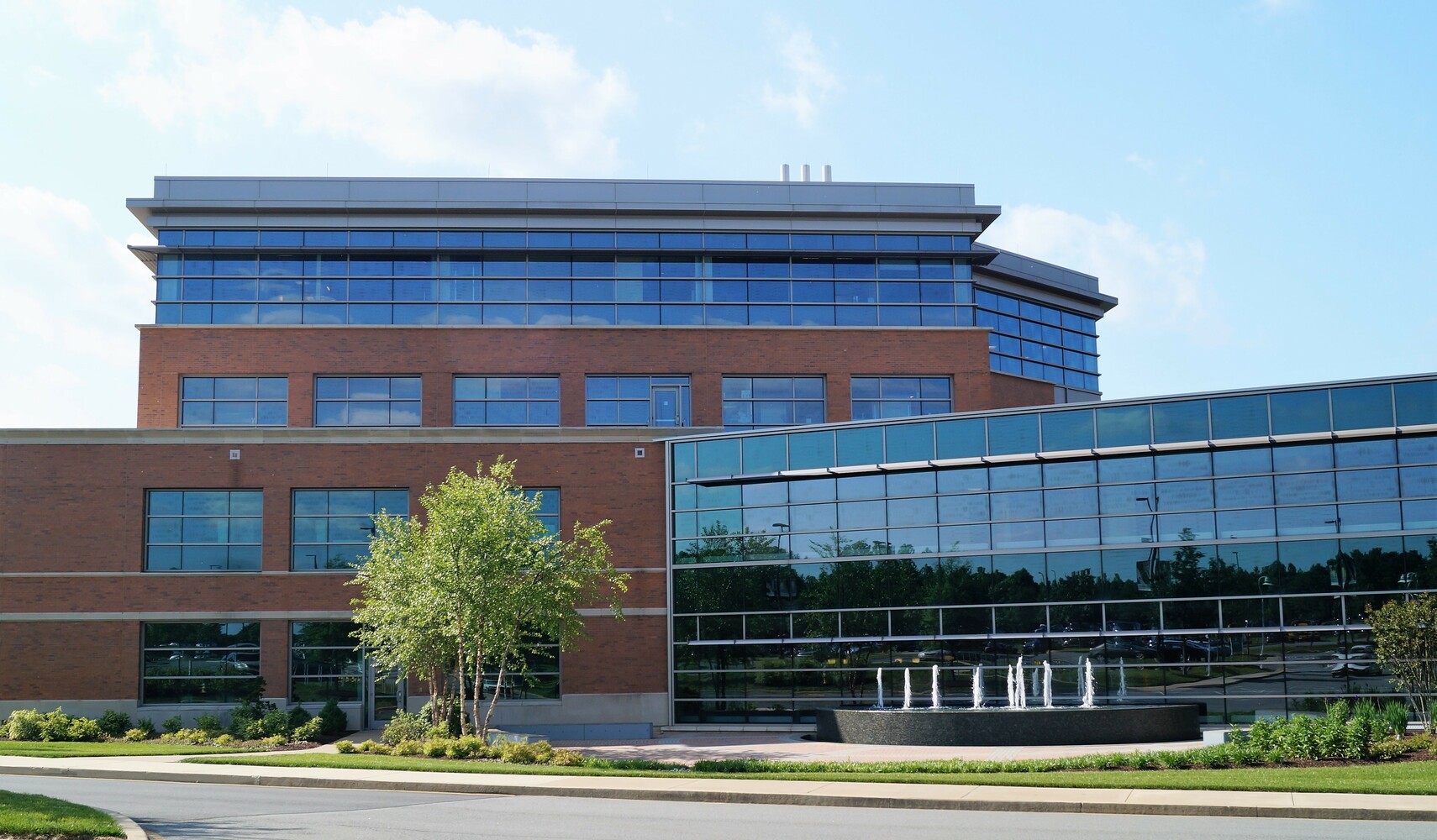Treatment for Paralysis: A Comprehensive Guide
Paralysis is a medical condition characterized by the loss of muscle function in a part of the body, which could be either partial or complete. This condition can arise from various causes including stroke, traumatic injuries, multiple sclerosis, and neurological diseases. As paralysis significantly impacts a person’s quality of life, understanding the treatment options is crucial.
Understanding Paralysis
Types of Paralysis
1. Monoplegi
Affects one limb only
2. Hemiplegia
Affects one side of the body, often due to a stroke
3.

Affects both legs and sometimes parts of the trunk
4. Quadriplegia/tetraplegia
Affects both arms and both legs, often resulting from spinal cord injury
Causes
1. Neurological disorders
Diseases such as amyotrophic lateral sclerosis (ALS) and multiple sclerosis (MS)
2. Stroke
A common cause of hemiplegia
3. Traumatic injury
Spinal cord injuries often result in paraplegia or quadriplegia
4. Infections
Infections like polio can cause paralysis
5. Congenital conditions
Conditions such as cerebral palsy
Treatment options
1. Medical interventions
– Physiotherapy
Physiotherapy is often the first line of treatment for paralysis. It aims to restore the physical functionality of the affected body parts through various exercises and therapies.
- Strength exercises
Focuses on strengthening muscles around the paralyzed area to improve mobility - Range of motion (ROM) exercises
Helps maintain joint flexibility - Functional electrical stimulation (FES)
Uses electrical pulses to stimulate muscle contraction
– Occupational therapy
Occupational therapy focuses on improving a person’s ability to perform daily activities. Therapists may introduce adaptive devices and techniques to aid in daily tasks.
- Adaptive equipments
Tools like modified utensils, button hookers, etc., to assist with daily activities - Skill training
Teaching new methods to perform tasks differently and independently
– Speech therapy
Speech therapy is essential for individuals experiencing facial paralysis or difficulty in swallowing and speaking. Therapists work to improve articulation and muscle strength.
– Medications
While specific medications cannot cure paralysis, they can alleviate symptoms and improve quality of life. These may include muscle relaxants, anti-inflammatory drugs, and medicines aimed at improving nerve function.
– Surgical options
Surgical interventions may be considered in cases where there is a potential to improve movement. Surgeries might include:
- Nerve grafting
Transferring nerves from one part of the body to another - Tendon transfer
Reassigning tendons to restore movement.
– Emerging treatments
- Stem cell therapy
Stem cell therapy is a cutting-edge technique being explored to treat paralysis. Stem cells have the potential to differentiate into various cells, including neural cells, which could help in repairing damaged tissues. - Exoskeletons
Advances in robotics have led to the development of wearable exoskeletons that assist in walking. These devices can help individuals with spinal cord injuries regain mobility. - Brain-computer interface (BCI)
BCI technology involves connecting the brain to a computer to control external devices. This technology is still in experimental stages but shows promising potential for individuals with severe paralysis.
2. Holistic approaches
– Nutrition
Nutrition plays a significant role in overall health and recovery. A balanced diet rich in vitamins and minerals can promote better healing and muscle function.
– Psychosocial support
Living with paralysis can take a toll on mental health. Psychosocial support, counseling, and support groups provide emotional backing and help individuals cope with the condition.
3. Preventative measures
While some causes of paralysis such as congenital conditions are unavoidable, other causes like stroke and traumatic injuries can be mitigated to an extent.
– Healthy lifestyle
Regular exercise and a balanced diet can reduce the risk of stroke
– Safety measures
Using protective gear while engaging in sports or driving can prevent traumatic injuries
– Regular check-ups
Regular medical check-ups can detect issues early and prevent complications that could lead to paralysis.
Paralysis is a challenging condition that necessitates a multi-faceted treatment approach. While traditional methods like physiotherapy and occupational therapy remain foundational, emerging technologies and holistic approaches offer promising advancements in treatment. Proper medical intervention, coupled with emotional and nutritional support, can greatly enhance the quality of life for individuals living with paralysis.
As research in this field progresses, the hope for better treatments and possibly even groundbreaking cures continues to grow. If you or a loved one is dealing with paralysis, consulting with medical professionals to explore and personalize the available treatment options is essential.




